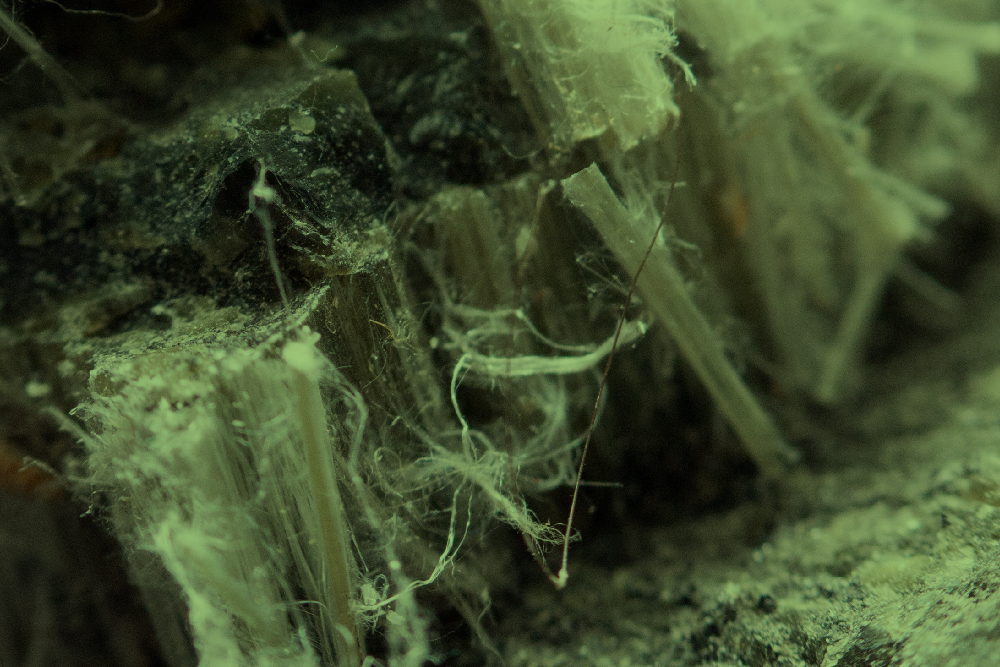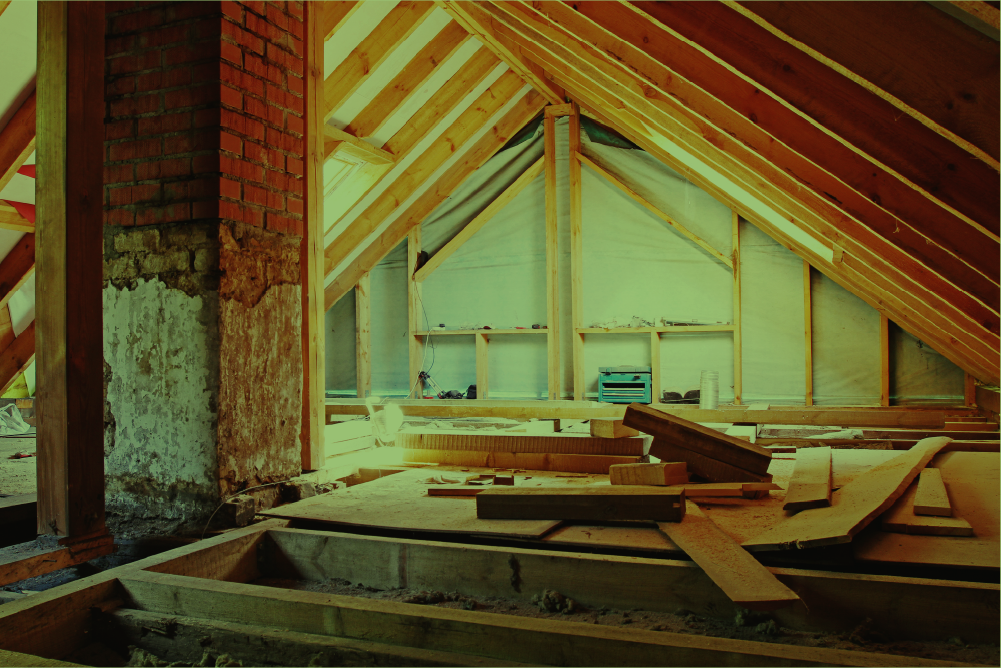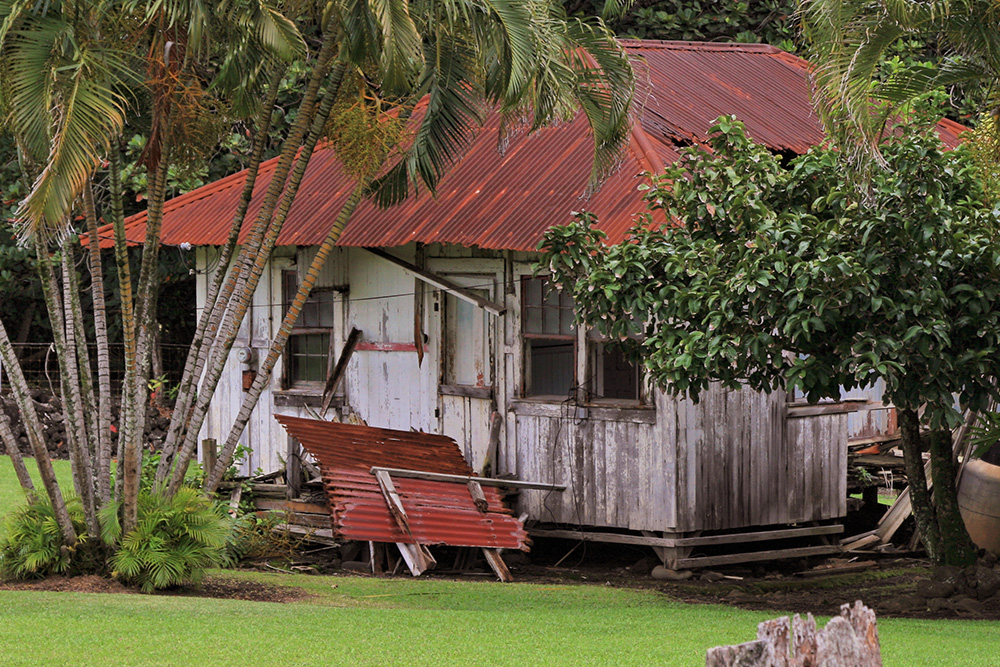You may have heard about mesothelioma, a rare but aggressive cancer. You may think it is becoming a thing of the past or could never affect you or your family. But this disease continues to affect thousands of people each year. And, yes, it is deadly.
The Basics of Mesothelioma
Mesothelioma affects the tissue that surrounds most internal organs, including lungs, stomach and intestines. This disease has one clear cause: asbestos exposure. Exposure to even small amounts of this fibrous, naturally occurring substance can lead to mesothelioma over time. Asbestos was widely used in construction, automotive and other products for years. And asbestos also contaminates talc products like baby powders and cosmetics.










